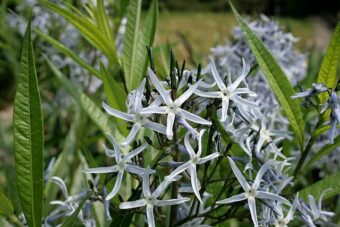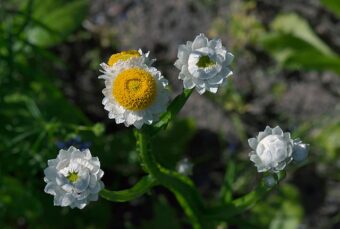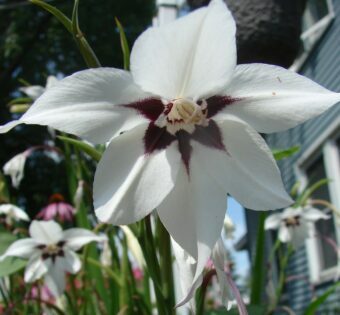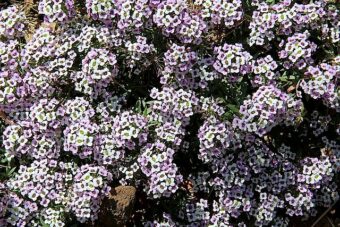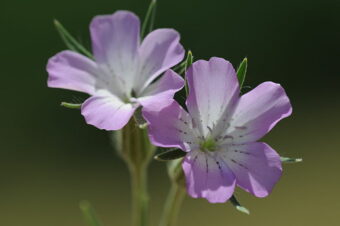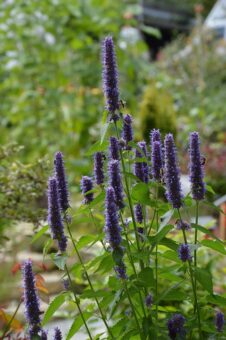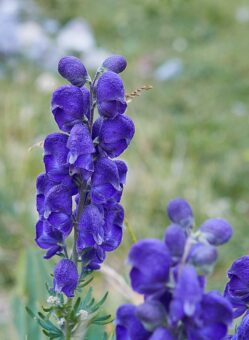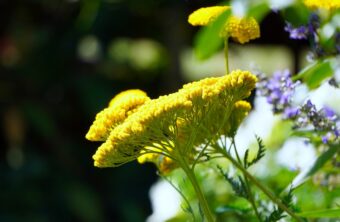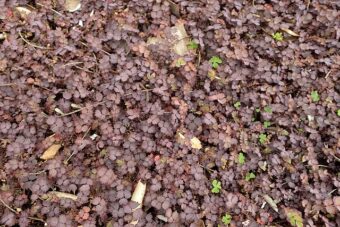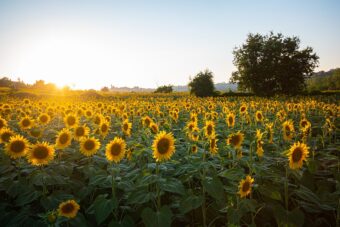In this article, we will discuss how to grow the unusual and rare Amsonia in containers. Amsonia are flowering plants that belong to the Dogbane family and is primarily native to North America. It is named after the American physician, John Amson and has the common name of Bluestar due to the star-like blue flowers that are produced on tall stems in early summer.
In early spring, willow-like foliage starts to emerge from slow-growing leafy clumps. From these leafy clumps in early summer, spikes of star-shaped blue flowers appear that cover the plant. As the flower fades, the leaves in …

